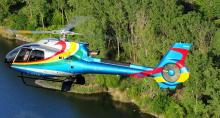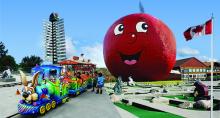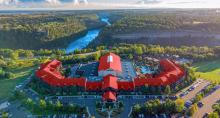Find Fun Fast
Destination




- Connecticut
- Florida
- Fort Lauderdale
- Miami
- Palm Beach
- Georgia
- Illinois
- Chicago
- Indiana
- Kansas
- Kentucky
- Maine
- Maryland
- Massachusetts
- Cape Cod
- Michigan
- Minnesota
- Minneapolis St Paul
- Missouri
- Kansas City
- St Louis
- New Hampshire
- New Jersey
- New York
- Hudson Valley
- New York City
- North Carolina
- Ohio
- Akron Canton
- Cleveland
- Ohio Amish Country
- Ontario
- Niagara
- Ottawa
- Toronto
- Pennsylvania
- Central PA
- Philadelphia
- Pittsburgh
- Quebec
- Rhode Island
- South Dakota
- Tennessee
- Vermont
- Virginia
- Washington DC
- Wisconsin
Fun things to do...




- Attractions
- Shop
- Eat
- Stay
- Museums
- Sightseeing
- Nightlife
- Sport & Outdoor
- Theatre & Events
- Services















